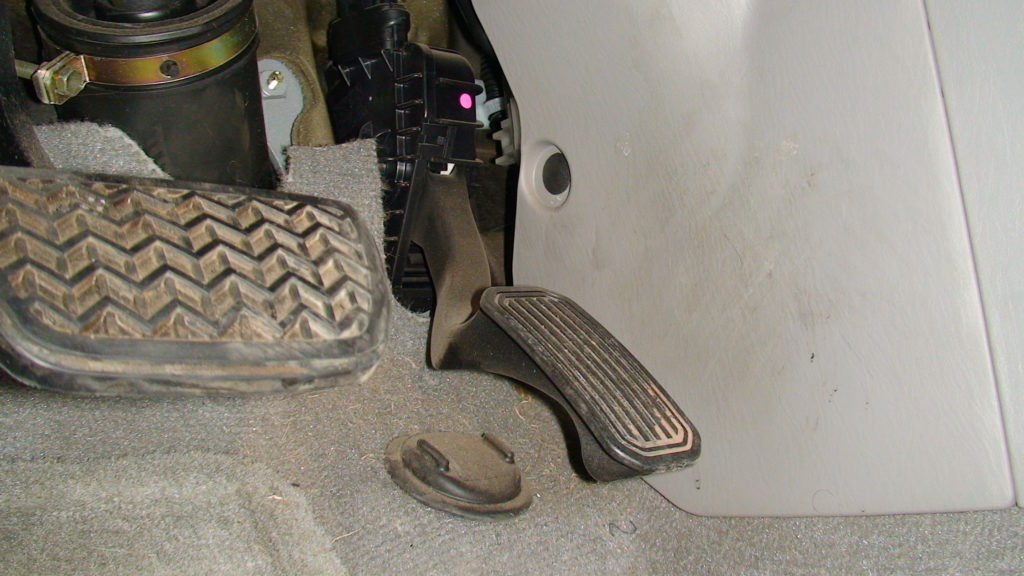So, if you bluff your way out of handing over legitimate discovery after the case settles, do you really owe the plaintiff’s attorney $2.6 million? That’s the story Goodyear may be telling in its appeal of a November sanctions order in the Arizona G-159 tire tragedy otherwise known as Haeger v. Goodyear, now in its eighth year of litigation.
When we last left the case, attorney David L. Kurtz, who represented Leroy and Donna Haeger, sought damages from Goodyear on a separate but parallel track (see The Wages of Fraud). In June he filed a seven-count, 153-page lawsuit, in Arizona State Superior Court, seeking punitive damages via a jury trial for five years of delay and deception in the original product liability action. But the history of Goodyear, the G159, and the Haeger case is so long and sad, we’re going to start from the beginning.
In June 2003, Leroy and Donna Haeger, along with their passengers, Barry and Suzanne Haeger, were seriously injured when the right front G159 tire on their Spartan Gulf Stream Coach RV failed, causing a rollover. The G159 and a Class A motorhome had a lousy marriage; the tire design was prone to overheat on RVs that typically travel at greater than 65- mph speeds for extended periods. Goodyear knew that from its internal testing – but, loathe to miss a market-share – it promoted the match successfully in the 1990s and 2000. Eventually, though, the G159 and RVs produced numerous lawsuits when the tires failed, injuring and killing motorhome occupants. The Haegers were among them, and in 2005 they filed suit. The action was torturous, with more than 1,000 pleadings. Kurtz had asked for all internal testing regarding the G159, and Goodyear responded by employing a tactic that it had used – with varying degrees of success in other cases – turning over as little as possible, and swearing to the court that it had no more. The Haegers settled in 2010.
In June 2010, Kurtz learned from The Safety Record Blog about a $5.7 million plaintiff’s verdict in another G159 case, Schalmo v Goodyear. At trial, the blog reported, Schalmo’s attorneys presented Goodyear documents including internal heat and speed testing and failure rate data showing that Goodyear knew the G159 was improperly approved for 75 mph continuous highway use. Kurtz began corresponding with Basil Musnuff, formerly of Roetzel & Andress and formerly Goodyear’s national coordinating counsel, to determine if Goodyear had withheld such tests in Haeger. Eventually, Musnuff conceded that Goodyear had, but wasn’t obligated to turn over any more than its NHTSA compliance test results. Continue reading
